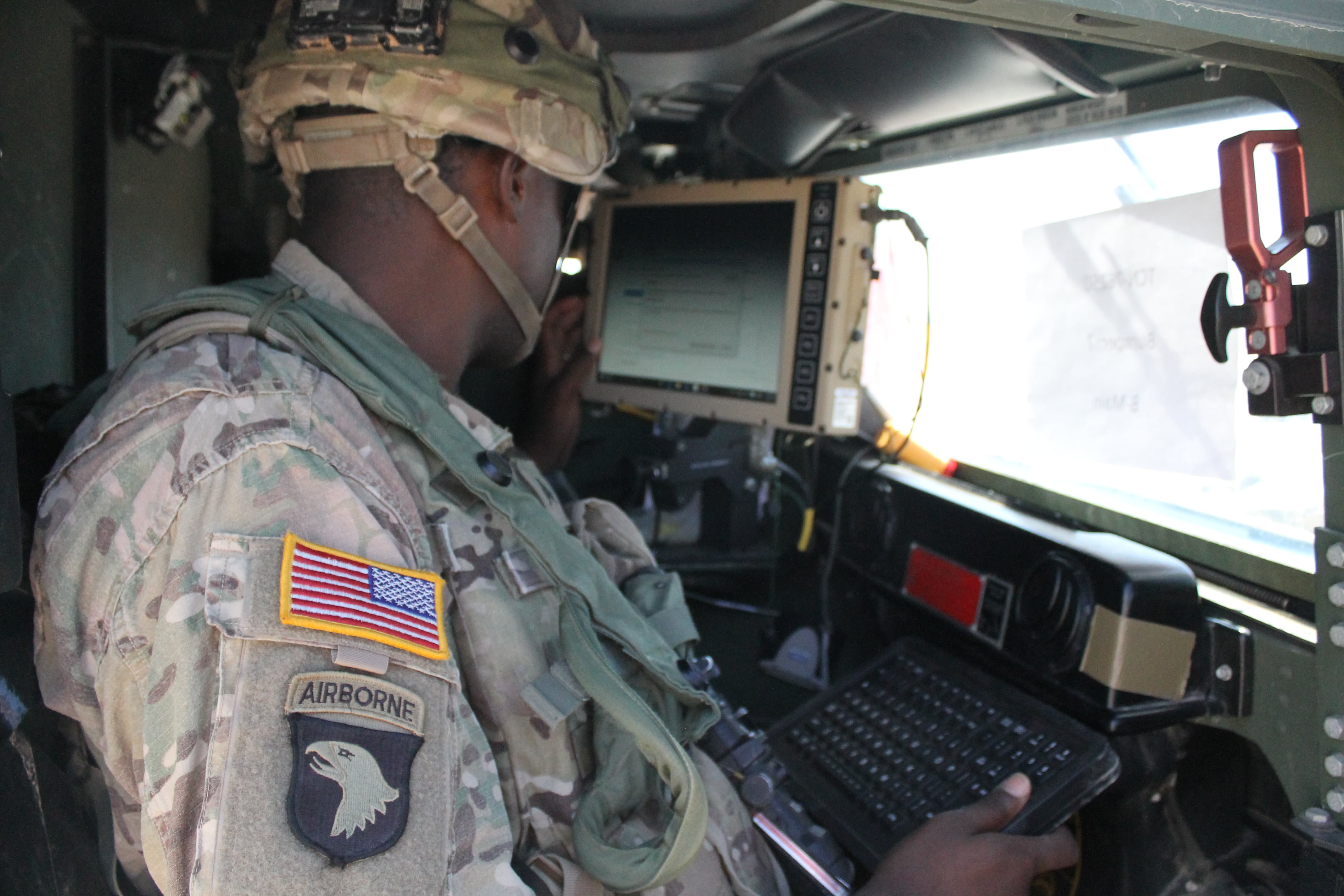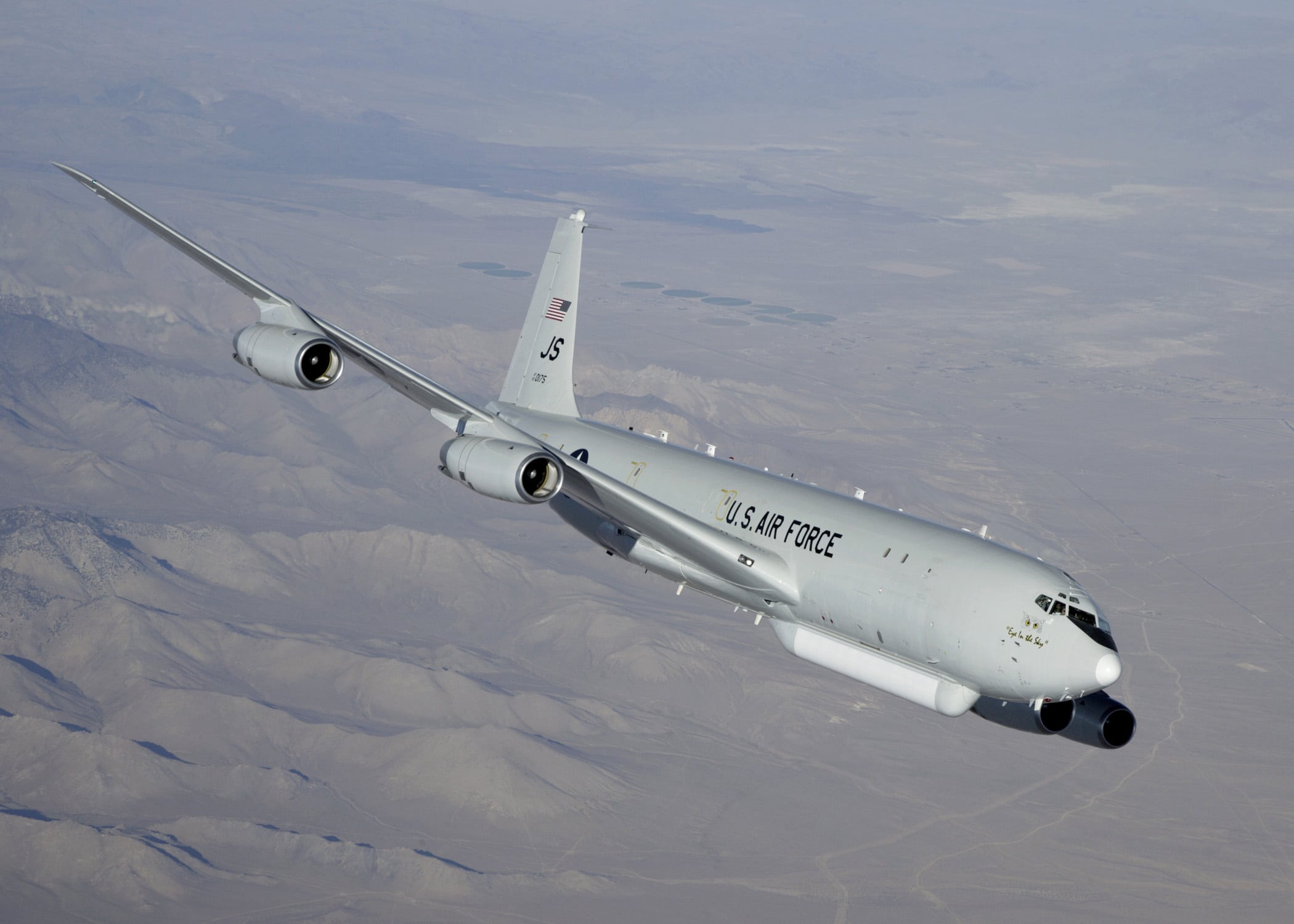When a $6 billion program gets nixed, people on the Hill want to know the colossal screw up that led to such a decision. When Air Force rethinks a much-anticipated new battlefield management aircraft, the collective defense community yells about inevitable capability gaps.
People assume some aspect of program planning or program execution went terribly wrong. Or maybe a company overpromised. Or it was just politics at work. These are, in the eyes of many, procurement failures.
But consider what actually inspired the recent decisions to shift the Army’s IT network strategy, and to look at alternatives to replacing the E-8C Joint Surveillance Target Attack Radar System. In the case of the Warfighter Information Network-Tactical system, or WIN-T, the Army believed funds would be better filtered into capabilities that will deliver a more survivable, mobile and hardened tactical network. With more aggressive tactics out of Russia and unpredictably on the Eastern European flank, the tactical network, as it is today, didn’t cut it.
RELATED

As for the JSTARS Recap program, the U.S. Air Force isn’t convinced a large airborne node is the most survivable way to conduct missions going forward. So perhaps cancel the recap program, the service figures, and use existing assets as a stopgap until a more advanced solution is developed.
These are not cases of failure. These are cases of technology progressing far more quickly than two very large, very complex programs could, and the military recognizing that fact before they were on the hook for billions of dollars. WIN-T was established more than 15 years ago. That’s multiple lifetimes by technology standards. Why would we be surprised, therefore, that a complete review of the tactical network identified vulnerabilities and a gap between the rate at which the service was able to modernize and the pace of threats? In the case of JSTARS, Air Force Secretary Heather Wilson stated the obvious qutie well: “we’ve got one large aircraft that we developed in 1991. It’s a great aircraft, a great concept, but technology has moved on.” To what? Sensors for one, she said. But C4ISR today goes well beyond that.
RELATED

These are not failures. The fact that programs are being reevaluated actually hints at progress, of military leadership recognizing that tackling today’s threats with yesterday’s tactics is counterproductive. A failure would more accurately be defined as a program that moves forward on autopilot, even when it’s clear that the approach or the technology no longer meet requirement.
Examples of that happening abound.
So then, maybe the Hill and Pentagon should focus their time not on rationalization for such decisions but rather the broken procurement system that drives so many programs, particularly those driven by advanced technology, to outlive their worth before they are even fielded.
Jill Aitoro is editor of Defense News. She is also executive editor of Sightline Media's Business-to-Government group, including Defense News, C4ISRNET, Federal Times and Fifth Domain. She brings over 15 years’ experience in editing and reporting on defense and federal programs, policy, procurement, and technology.








